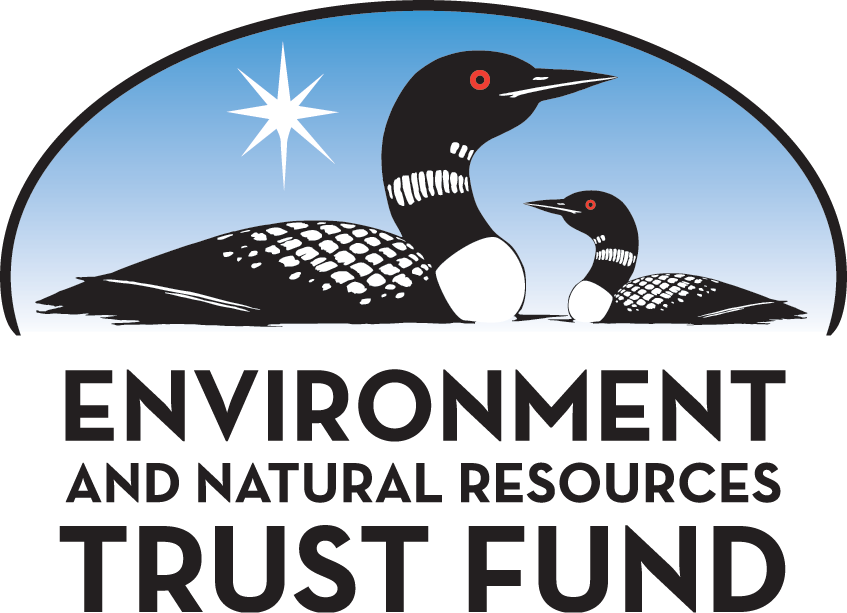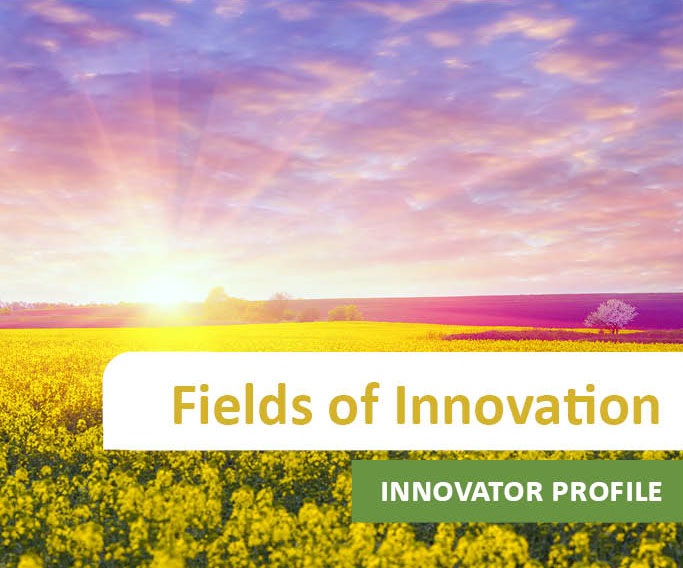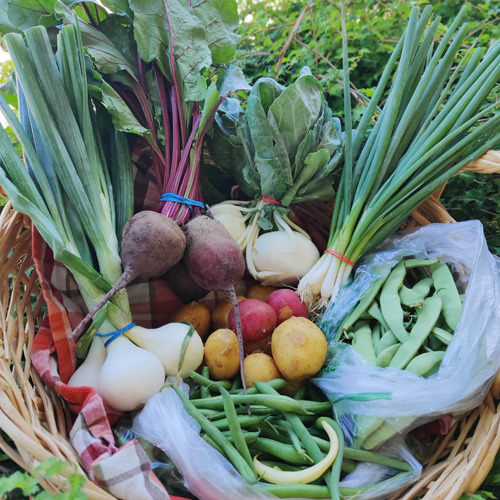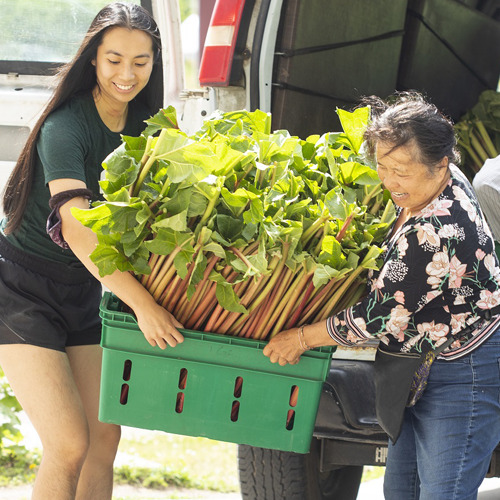AURI Connects: Fields of Innovation Innovator Profiles is a Q&A series with Minnesota entrepreneurs who have partnered with AURI to build capacity and successfully commercialize new crop and livestock opportunities, including new traits for existing crops.
Q&A with Nikki Warner, Communications Director at The Good Acre
AURI: What is your involvement with the Agricultural Utilization Research Institute (AURI)?
NW: As a shared-use kitchen operator, The Good Acre partners with AURI to connect our kitchen renters with technical assistance for small food businesses. We also refer clients to AURI for product development help and other needs. Additionally, we have also partnered with AURI to create educational workshops and webinars on topics relevant to emerging CPG businesses like writing a business plan, coming up with a value proposition for a product, understanding principles of pricing and scale and social media marketing.
AURI: What are some of the reasons people might purchase your product?
NW: The main products we sell are food items from local farmers and makers. Our best customer is one who shares our values of building an equitable food system, paying farmers and food makers a fair price and ensuring that food safety standards are being met every step of the way from seed to harvest to our warehouse to your door.
AURI: What innovative ag path are you paving?
NW: As the largest food hub in Minnesota, we play a critical role in creating market access for local farmers and food makers. Over the last seven years, we have increased support for farm and food entrepreneurs to strengthen the food system across our region – and it’s working! 2022 was our most impactful year yet, with $1.7 million dollars of food purchased from local farmers and food makers through our food hub, including over $1 million spent with BIPOC farmers. Through one-on-one grower support services to local produce farmers, creating wholesale markets that pay an equitable price to farmers and supporting small food businesses through their shared-use commercial kitchen, we at The Good Acre are realizing our mission to connect and strengthen farmers, food makers and communities through good food.
AURI: How has AURI helped your business?
NW: AURI is the premier resource for Minnesota food businesses looking for support in scaling up. Our partnership with AURI allowed us to reduce replication and lead where we’re best positioned by creating market access opportunities for Minnesota farmers and food entrepreneurs, providing critical infrastructure and building capacity of small farmers so more food from here is for here.
AURI: How’s business?
NW: We’ve experienced a lot of growth over the last two years! Partnerships with wholesale buyers, especially with hunger relief organizations, have enabled us to source from more local farmers and food businesses than ever before. We’ve already sent out contracts to nearly 50 farmers for this coming growing season, and we’re busy at the state capitol advancing a bill that would help fund our LEAFF program, which you can read more about here. We just kicked off hiring for a couple of seasonal positions, and we’re embarking on creating a new strategic plan. The last time we did strategic planning was in 2017, and so much has changed since then. We’re looking forward to really streamlining our staff, our programs and our mission in where we’ve been, where we’re at and the vision we are working to achieve. Also, we have a really great event coming up that aims to connect local CPG food businesses with all sorts of resource providers, including AURI. Stay tuned to our social media and newsletter for more information.
AURI: Where can AURI readers and supporters purchase your products, connect with your business online, and/or help your business thrive?
NW: Buy local and ask for local in all the places you eat and shop. You can also follow us on Facebook, Twitter and Instagram and/or subscribe to our newsletter for all the latest news and notes.
 Funding for this project was provided by the Minnesota Environment and Natural Resources Trust Fund as recommended by the Legislative-Citizen Commission on Minnesota Resources (LCCMR).
Funding for this project was provided by the Minnesota Environment and Natural Resources Trust Fund as recommended by the Legislative-Citizen Commission on Minnesota Resources (LCCMR).




